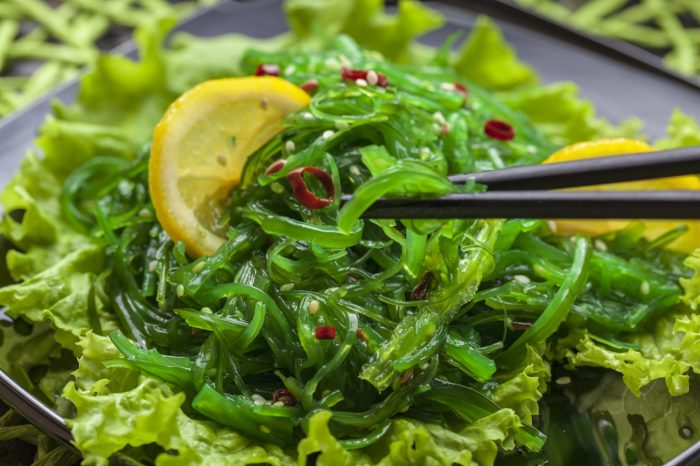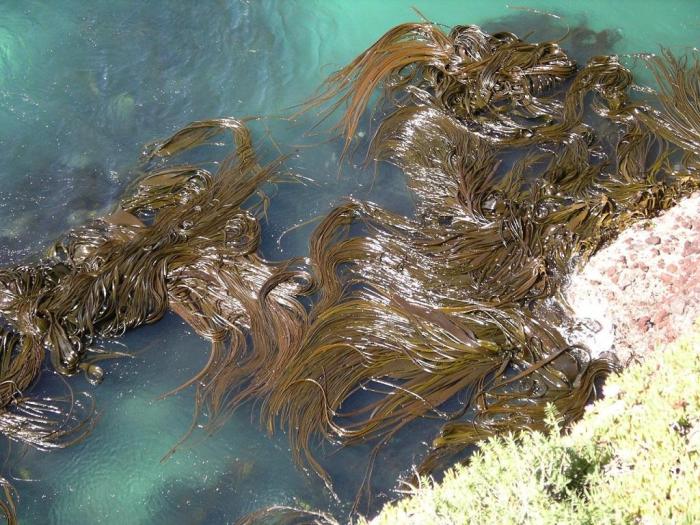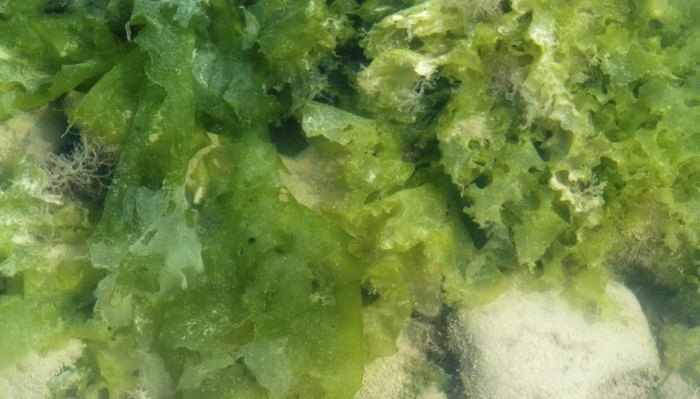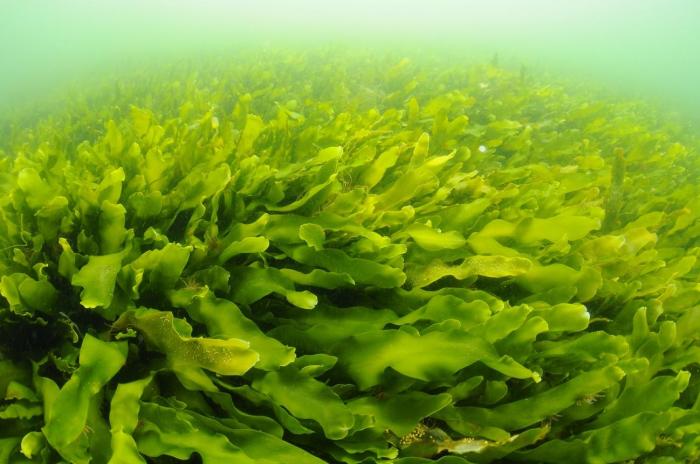Seaweeds can be best differentiated from true plants because seaweeds – Seaweeds, an enigmatic group of marine organisms, stand apart from true plants due to their unique biological, evolutionary, and ecological attributes. This article delves into the fascinating world of seaweeds, exploring their taxonomic classification, evolutionary relationships, structural adaptations, ecological roles, and economic and cultural significance.
Seaweeds lack vascular tissues and roots, which are defining characteristics of true plants. Instead, they exhibit specialized structural adaptations that enable them to thrive in marine environments.
Biological Classification

Seaweeds are a diverse group of marine algae that exhibit a wide range of morphological and ecological adaptations. Unlike true plants, which belong to the kingdom Plantae, seaweeds are classified under the kingdom Protista. This fundamental distinction stems from their unique cellular structure and evolutionary origins.
Seaweeds lack the specialized tissues and organs that characterize true plants, such as vascular tissues for transporting water and nutrients, and roots for anchoring and absorbing nutrients from the soil. Instead, they have simple cellular structures and rely on diffusion and osmosis for nutrient uptake.
Key Characteristics Distinguishing Seaweeds from True Plants, Seaweeds can be best differentiated from true plants because seaweeds
- Absence of vascular tissues (xylem and phloem)
- Absence of true roots, stems, and leaves
- Simple cellular structure without specialized tissues
- Cell walls composed of cellulose and other polysaccharides
- Majority are multicellular, but some species are unicellular
Examples of Seaweed Species and Their Taxonomic Classifications
| Species | Taxonomic Classification |
|---|---|
| Laminaria digitata | Brown algae (Phaeophyceae) |
| Ulva lactuca | Green algae (Chlorophyta) |
| Gracilaria tikvahiae | Red algae (Rhodophyta) |
Evolutionary Relationships: Seaweeds Can Be Best Differentiated From True Plants Because Seaweeds
The evolutionary origins of seaweeds and true plants are closely intertwined. Seaweeds are believed to have evolved from a common algal ancestor that also gave rise to land plants. This algal ancestry is evident in the shared presence of chlorophyll, a green pigment essential for photosynthesis, and other cellular similarities.
Over time, seaweeds and true plants diverged in their evolutionary paths, adapting to different environments and ecological niches. Seaweeds remained in the marine environment, developing unique adaptations for survival in saltwater, while true plants colonized terrestrial habitats, evolving vascular tissues and other structures to support their growth and reproduction on land.
Shared and Unique Evolutionary Traits
Shared Traits:
- Chlorophyll-based photosynthesis
- Cellulose cell walls
- Eukaryotic cellular structure
Unique Traits:
- Seaweeds:Absence of vascular tissues, simple cellular structure, marine environment
- True plants:Presence of vascular tissues, specialized organs, terrestrial environment
Structural Adaptations

Seaweeds exhibit a remarkable array of structural adaptations that enable them to thrive in the marine environment. Unlike true plants, which possess complex vascular tissues and root systems, seaweeds have evolved unique strategies for nutrient uptake, support, and protection.
Absence of Vascular Tissues and Roots
The absence of vascular tissues in seaweeds means they rely on diffusion and osmosis for nutrient transport. This adaptation allows them to absorb nutrients directly from the surrounding seawater, which is rich in dissolved minerals and nutrients.
Similarly, the lack of roots in seaweeds is compensated by the presence of holdfasts, specialized structures that anchor them to the substrate. Holdfasts can vary in shape and size, depending on the species, and provide stability in often turbulent marine environments.
Specific Seaweed Adaptations
- Brown algae (Phaeophyceae):Large, multicellular species with complex thallus structures, often with air bladders for buoyancy
- Green algae (Chlorophyta):Simpler, often unicellular or filamentous species, with a variety of morphologies
- Red algae (Rhodophyta):Multicellular species with a unique cell wall structure, often with calcareous deposits for support
Ecological Roles

Seaweeds play a crucial role in the functioning and stability of marine ecosystems. As primary producers, they convert sunlight and nutrients into organic matter through photosynthesis, forming the foundation of marine food webs.
Seaweeds also serve as important nutrient cyclers, absorbing nutrients from the seawater and releasing them back into the environment through decomposition and excretion. This nutrient cycling helps maintain the productivity of marine ecosystems.
Habitat Providers
The complex structures of seaweeds provide habitat and shelter for a wide range of marine organisms. The dense canopy of seaweed forests offers refuge for fish, invertebrates, and other marine life, contributing to the biodiversity and stability of marine ecosystems.
Economic and Cultural Significance

Seaweeds have been utilized by humans for centuries, serving a variety of economic and cultural purposes. Their nutritional value and unique properties have made them an important food source in many coastal communities.
Seaweeds are also used in various industries, including pharmaceuticals, cosmetics, and agriculture. The polysaccharides extracted from seaweeds have applications in drug development, food additives, and fertilizers.
Cultural Significance
In many cultures around the world, seaweeds hold cultural and spiritual significance. In Japan, for example, seaweed is used in traditional dishes, ceremonies, and art. In coastal communities, seaweed is often associated with cultural identity and heritage.
Frequently Asked Questions
What is the primary difference between seaweeds and true plants?
Seaweeds lack vascular tissues and roots, which are essential characteristics of true plants.
How do seaweeds survive without vascular tissues and roots?
Seaweeds have evolved specialized structural adaptations, such as blades, stipes, and holdfasts, that enable them to absorb nutrients and anchor themselves in marine environments.
What is the ecological importance of seaweeds?
Seaweeds play vital roles as primary producers, nutrient cyclers, and habitat providers, contributing to the biodiversity and stability of marine ecosystems.